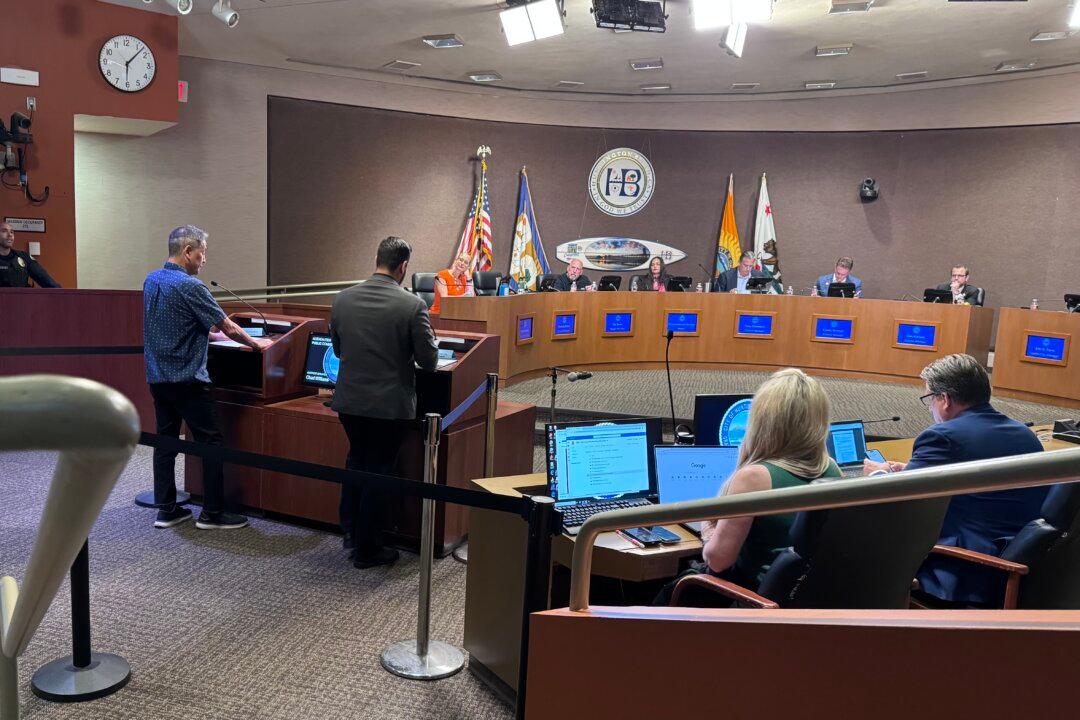California school districts crafting their 2024–25 budgets must consider the looming financial hardships created by the state budget deficit.
In a Feb. 15 report, the nonpartisan Legislative Analyst’s Office (LAO) predicted that lower state revenue would result in a $7.7 billion drop in TK-12th grade funding for the next two fiscal years.
This drop is in addition to the $13.7 billion decrease in the education budget that Gov. Gavin Newsom announced last month in his proposed 2024–25 budget.
The California Department of Finance reported that revenue from the personal income tax—the biggest source of state revenue—is down 25 percent, or $5 billion, from the $20.4 billion that the state had previously forecast.
About 40 percent of the state’s revenue is designated to schools and community colleges through Proposition 98, which was enacted in 1988.
In its report, the LAO recommended balancing the budget by cutting billions from new education programs—including $2.8 billion for creating more community schools, a $1 billion cost-of-living adjustment, $500 million for low-emissions school buses, and reducing costs and restructuring other programs.
Meanwhile, part of Mr. Newsom’s plan is to use $5 billion of the $10.8 billion Proposition 98 rainy-day fund to cover the budget shortfall for the next two years, while also paying for the cost-of-living adjustment.
It would also leave $4 billion in the reserve to cover at least part of the bigger deficit predicted by the LAO.
Newsom’s 2023–24 fiscal year budget also pledged to give both the University of California (UC) and California State University (CSU) systems a 5 percent annual boost in funding for the next five years if they worked toward improving graduation and enrollment rates, particularly among California residents.
With the pledged increases, state funding amounted to $216 million for UC and $227 million for CSU for the current fiscal year, which started last July.
Mr. Newsom also suggested pulling from the education rainy day fund to meet the minimum obligation in the 2024–25 fiscal year.





